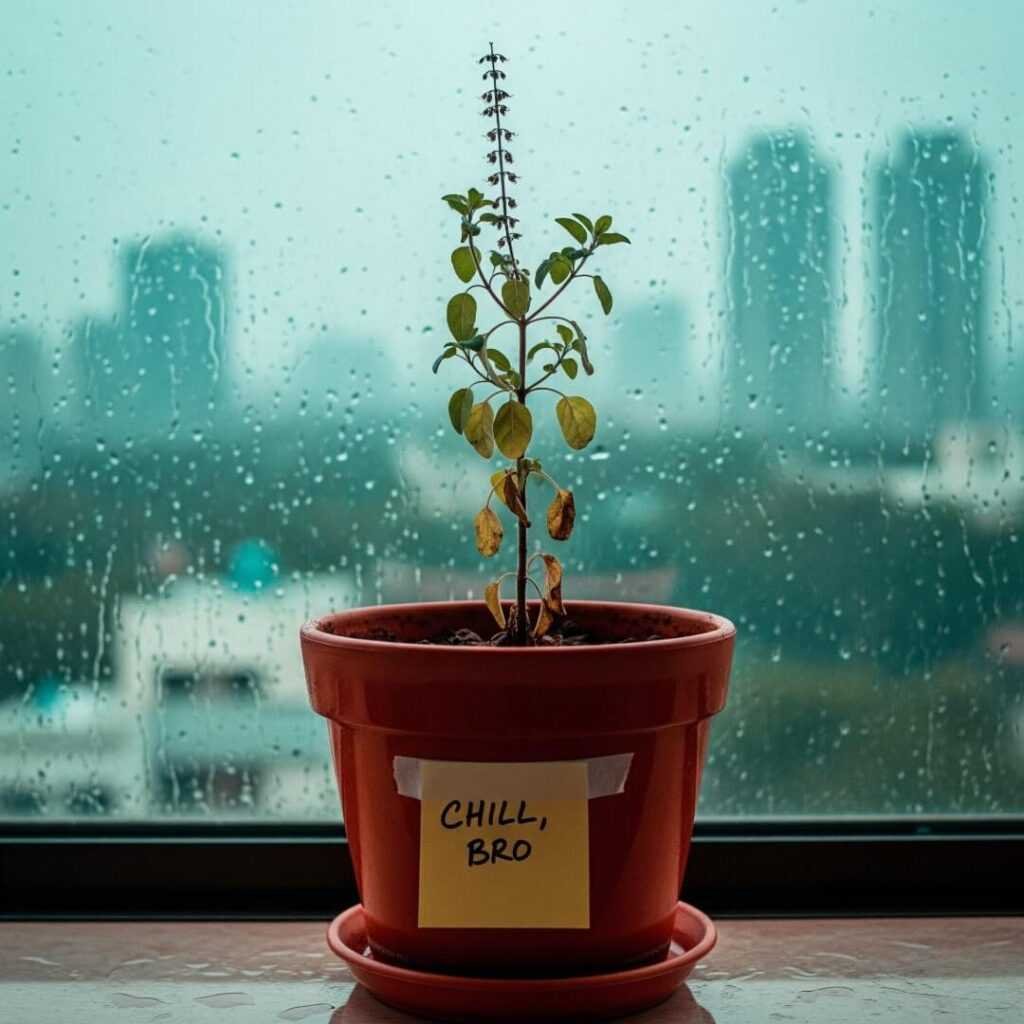Living with PTSD is like dragging around a suitcase of bricks while everyone else is, like, vibing with a fanny pack. I’m typing this in my tiny Mumbai flat, the fan whining like it’s got beef with me, and I’m just gonna lay it all out—my messy, American-in-India take on coping with PTSD. It’s raw, it’s not pretty, and some days I’m one loud rickshaw horn from losing it. But I’ve figured out a few things that help, and I’m sharing ‘em cause maybe you’re carrying your own suitcase too. Here’s my story, flaws and all, from the heart of this monsoon-soaked city.
Why Living with PTSD Feels Like a Never-Ending Monsoon
PTSD ain’t just a diagnosis—it’s like a rude squatter in your head, messing with your peace. I was in Bandra a few weeks back, sipping chai, when a scooter backfired. BAM! My heart’s racing, and I’m not in Mumbai anymore—I’m stuck in that memory. Coping with PTSD means dodging these triggers, like the smell of wet concrete or a random shout from the market. It’s draining, man.
My Totally Embarassing First Lesson in Coping with PTSD
Tip 1: Embrace your screw-ups. When I got to India, I thought I could just leave my trauma behind. Ha, yeah right. One night at a Colaba café, a waiter dropped a plate, and I legit hid under the table. People stared, I muttered something about “losing my earring,” and wanted to vanish. But I learned to stop hating myself for it. The National Alliance on Mental Illness says self-compassion’s a game-changer, and I’m trying, even if I’m a mess half the time.
- Hack: Carry something to ground you. I’ve got this chipped pebble from Juhu Beach in my pocket. Sounds lame, but it keeps me in the now.
Finding Anchors When Living with PTSD Hits Hard
Tip 2: Find your anchors, even if they’re weird. India’s chaos is my unlikely savior sometimes. The constant honking, the smell of street-side dosas, the rain pounding my window—it pulls me back when my brain’s spiraling. Last week, I was freaking out on my balcony, then spotted this kid flying a kite on a rooftop. That bright orange kite in the gray sky? Saved my day. Managing PTSD is about grabbing onto these random lifelines, even if it’s just a stray cat staring at you.
My Super Weird Anchor Story
Okay, don’t laugh, but I talk to my tulsi plant. It’s this droopy thing on my windowsill, and when I’m panicking, I just… ramble to it. About my day, my fears, whatever. It’s weirdly soothing. I saw on Psychology Today that grounding can calm your brain’s freakout mode, so maybe my plant chats aren’t totally nuts. Or maybe they are. Eh.

Breathing Through the Chaos of Living with PTSD
Tip 3: Breathe like it’s your job. Not some yoga guru stuff (tried that in Goa, bawled in child’s pose, never again). Just plain, slow breaths. I use this app, Headspace, when I’m stuck in Mumbai traffic and my brain’s yelling “RUN!” for no reason. Inhale four, hold four, exhale six. I do it staring at a rickshaw’s “Honk OK Please” sticker. It’s goofy, but it works.
- Quick tip: Mix breathing with something real, like the smell of rain or my pebble. It’s like a double whammy on PTSD.
Talking It Out, Even When It’s Awkward AF
Tip 4: Talk to someone, anyone. India’s so loud and in-your-face, sometimes I feel like I’m drowning. But spilling my guts helps, even if it’s messy. My neighbor barely gets English, but I rambled about my PTSD struggles over chai, and she just said, “Life hard, yes?” That tiny moment grounded me. The Mayo Clinic says connecting with people is huge for healing from trauma, and even my clumsy chats prove it.
My Cringe Therapy Fail
So, I tried therapy here. The office smelled like incense, which was cool, but I spent the whole session whining about my overdue phone bill. Total disaster. But even that mess showed me talking about PTSD, even if it’s awkward, is better than keeping it in.
Moving Your Body to Fool Your Brain
Tip 5: Move, even if it’s just dancing like a dork. I’m not sporty—last time I “exercised,” I was dodging a cow in the market. But moving helps. There’s a scruffy park near my place where I walk, dodging dogs and aunties doing yoga. The crunch of gravel, the damp air—it pulls me out of my head. Harvard Health says exercise can rewire your stress response, and I’m starting to believe it.

Resting Like It’s Your Damn Right
Tip 6: Rest, no shame. Living with PTSD is like running a marathon in flip-flops. I used to feel guilty for crashing mid-day, but now I’m like, whatever. My lumpy couch, the fan groaning, the hum of Mumbai traffic—it’s my safe spot. I put on a lo-fi playlist and just… exist. It’s not lazy, it’s survival. Coping with PTSD means letting yourself chill, even when your brain’s like “KEEP MOVING!”
My Lame Nap Story
Last month, I fell asleep with a vada pav in my hand. Woke up with chutney on my shirt, looking like a total slob. But that nap? Felt like a hug from the universe. Managing PTSD is about leaning into the mess sometimes.
Wrapping Up My Messy Take on Living with PTSD
So, that’s my deal—six tips for living with PTSD, straight from my sweaty, rain-soaked life in Mumbai. I’m a mess, spilling chai, talking to plants, hiding from loud noises. But these tips—screwing up, finding anchors, breathing, talking, moving, resting—they keep me afloat. If you’re dealing with PTSD, try one. Or not. Just know you’re not alone, even if it feels like it. Got a tip that works for you? Drop it in the comments—I could use it.




































